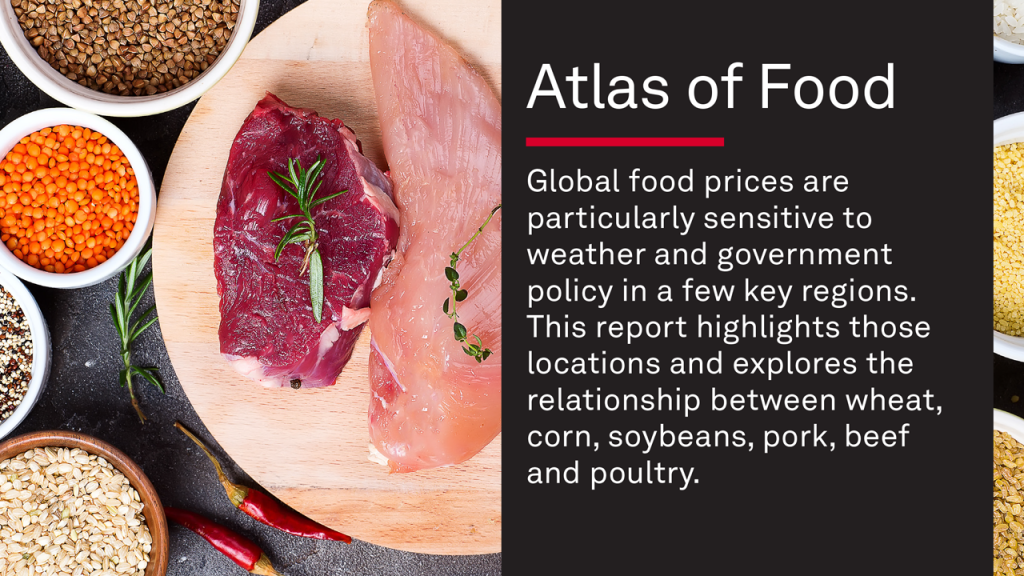Estimating Regional Power Consumption by Servers
If data center energy use trends continue for the next three years, the IT industry as a whole will be responsible for creating 10 new 1000-megawatt power plants, simply to sustain itself. But by making small but important changes to data center design now, the industry could instead cut that growth in half.
Those are the essential findings of a report released this week by AMD and Lawrence Berkeley National Labs scientist Jonathan Koomey. The report, “Estimating Regional Power Consumption by Servers,” looks at energy use trends in five global regions — the U.S., Western Europe, Japan, the Asia/Pacific region, and the rest of the world — and forecasts what is coming for the IT industry by 2010.
Overall, Koomey said that the U.S. share of server energy use will decline by about 7 percent, from its current level of 40 percent of global energy use to about 33 percent by 2010. This will be offset by growth in the Asia/Pacific region, which he estimates will grow from 10 percent to 16 percent of the total.
This rate of growth will require massive growth in energy capacity: the report shows that if trends continue through 2010, the world will need 10 more 1000-megawatt power plants just to power the new servers coming online in the coming years.
But this forecast is not inevitable: experts at AMD said that through a range of simple changes and increased energy efficiency, the total energy used — as well as the energy provided by high-emissions coal-fired power plants — could be pared down significantly.









